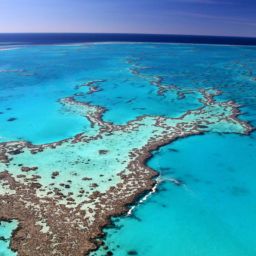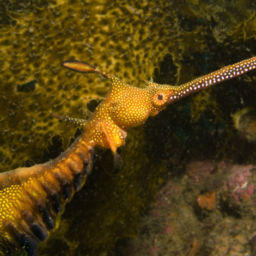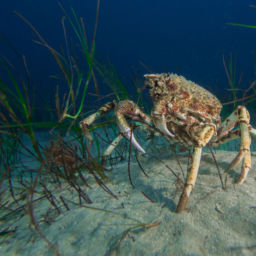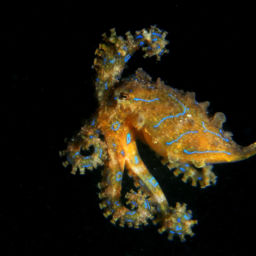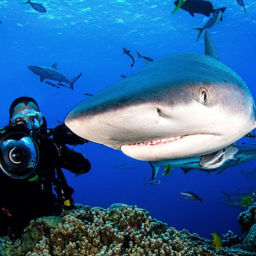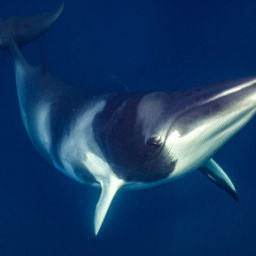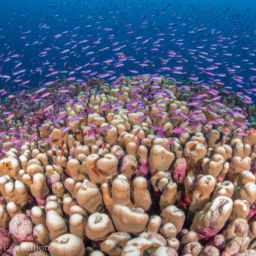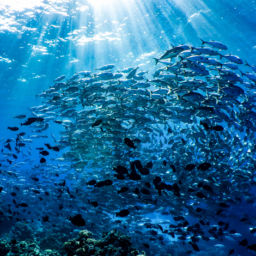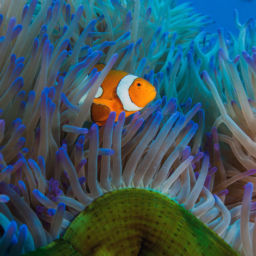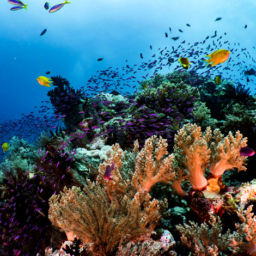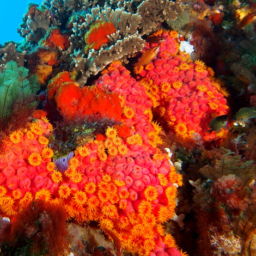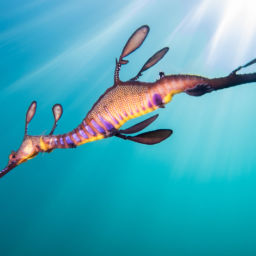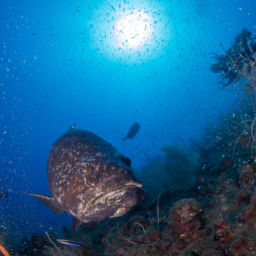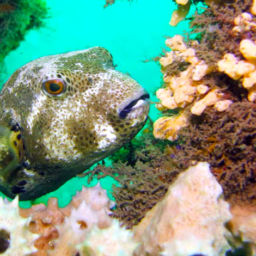Perth in Western Australia has a thriving scuba community, with plenty of dive shops and clubs. And you needn’t board a boat to see some of what awaits underwater. Each of these shore dives is within an hour’s drive of downtown Perth. All feature dive shops within a 5- to 10-minute drive as well for tank fills or equipment rental. Here are our picks for the top five shore dives in Perth.
Kwinana Grain Terminal
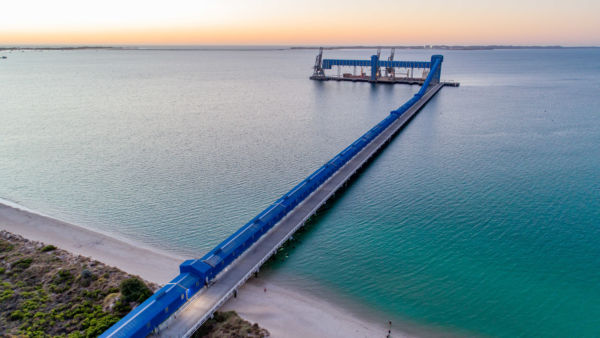
Around 45 minutes southwest of Perth, or a 5-minute drive from Rockingham, you’ll find the Kwinana Grain Terminal. This is a working grain terminal with mussel beds on either side. Much bigger than your average jetty, the locals call it KGT.
The structure has been here a long time so there’s plenty of life all over the pylons. You will see lots of razor clams, sand dollars and starfish as you make your way out 160 feet (50 m) or so from the shore until the water starts to get deeper.
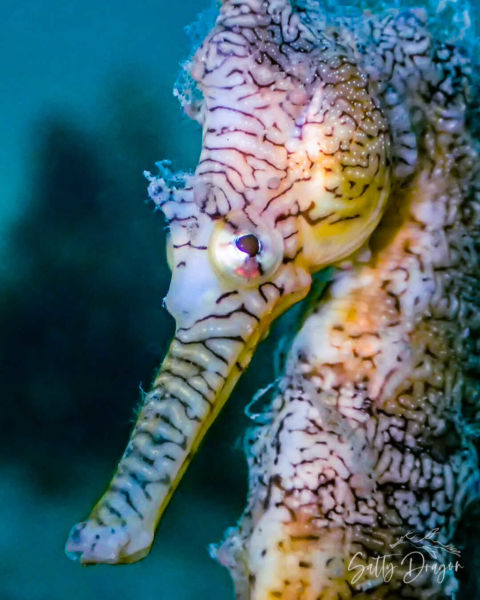
You can have quite a long dive here, as most of the action is at around 15 feet (5 m), where you’ll see nudibranchs, seahorses, boxfish and blue swimmer crabs. Some lucky divers have met Rockingham’s local dolphin pod here too. Because the site is so shallow, KGT makes an excellent novice dive as well as a great choice for macro photographers.
Point Peron
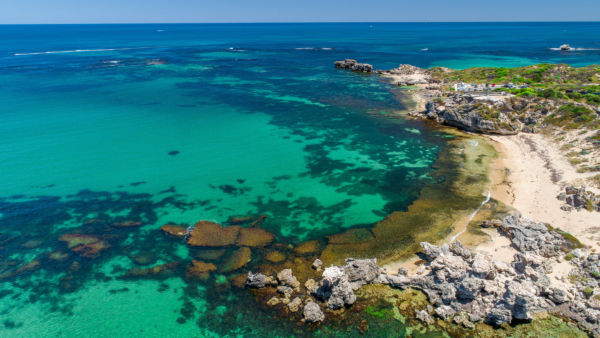
At the end of Point Peron road, about a 45-minute drive south of Perth, you will find some of the most spectacular beaches Perth has to offer, featuring limestone cliffs and reefs. Point Peron offers a maze of picturesque dive sites that could take days to fully explore. Since the majority of the limestone reefs, rocky outcrops, kelp and seagrass beds are between 10 to 15 feet (3 to 5 m), you would be forgiven for choosing to snorkel or free dive this one instead — but then you’d miss exploring the underwater limestone mazes.
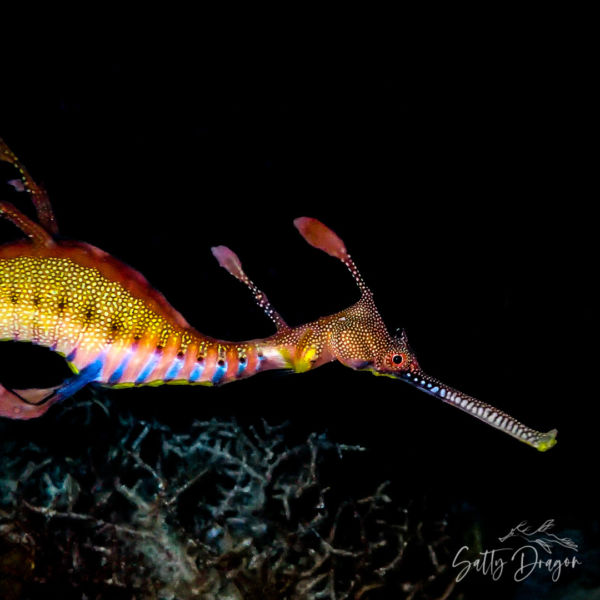
And, if you keep an eye on the local Facebook diving pages, they will light up with news at the first hammerhead sighting. But even if no hammerheads are around, you won’t be disappointed. Diving slowly can take you to about 23 feet (7 m) deep, but the 10- to 15-foot (3 to 5 m) zone is usually where the weedy seadragons are — you heard that right, weedy seadragons. These gorgeous, rare creatures need no introduction. Aside from possible hammerheads and weedies, divers may also see rays, and can experience limestone swim-throughs and stunning scenery both underwater and topside. Because these sites are more exposed, it’s best to dive them when there’s no wind and swell is under 3 feet (1 m).
Sand Tracks Beach
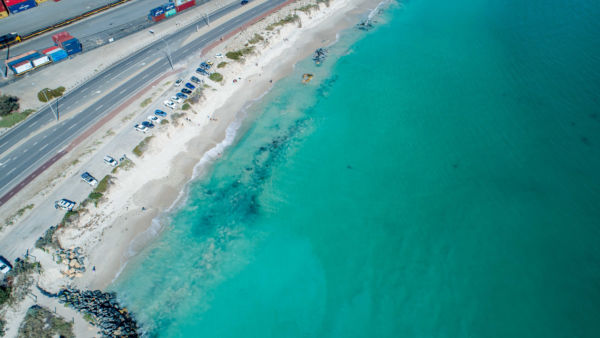
Our third pick, Sand Tracks, is a 30-minute drive southwest from downtown Perth. To get the most out of this site we strongly suggest joining a local club dive. From the beach it will look like you’re heading straight out into the open ocean with no visual references, but with the right guide, you’ll be able to make your way to the seagrass beds to meet some of our most popular protected local residents, the weedy seadragons.
At this site you’ll usually hit a maximum depth of 20 to 23 feet (6 to 7 m) and will often encounter seahorses, masked rays, octopus, and boxfish.
Local dive club Bucket List Diver runs regular shore dives to see the weedy seadragons but note that there is a decent amount of swimming involved to find the right spot, so make sure you are feeling fit and well rested.
Bulk Jetty
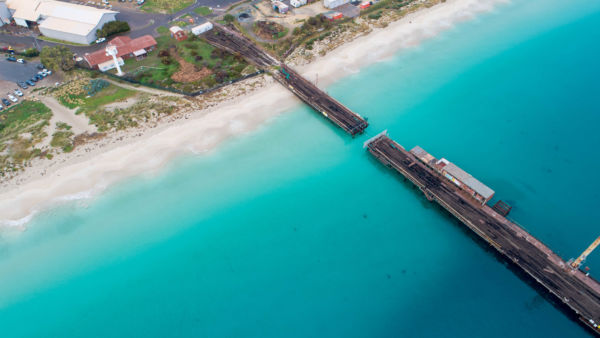
Our next pick is Bulk Jetty, and as the name suggests, this was a working jetty for loading bulk cargo onto gigantic cargo ships. It is cut off from the shore now and is enjoying its retirement years as a scuba hot spot.
As you drive to the site, roughly 35-minutes southwest of Perth, you may wonder where Google Maps is taking you. This shore dive is in the heart of an industrial zone so you’re not going to find facilities or cocktails on the beach, but the dive is well worth it.
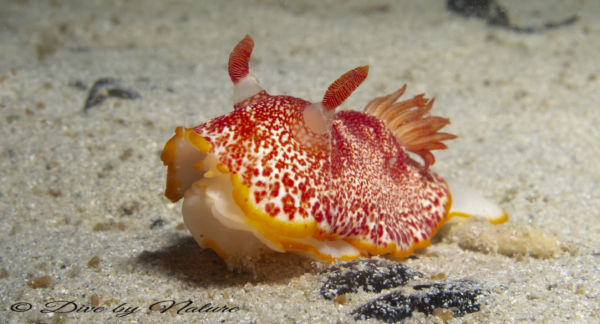
The jetty’s former use means that it was designed with plenty of depth for big vessels. However, you needn’t go deep to see the good stuff at about 26 feet (8 m) under the jetty. The pylons have been in place for a long time and are covered in sponges, soft and hard coral. Look for nudibranchs, seahorses, pineapplefish, cuttlefish, octopus, rays and crabs.
At 820 feet (250 m) long, you can see most of the site in one dive. If you’re an underwater photographer, we suggest two dives to properly explore Bulk Jetty at a relaxed pace. From September to April most locals dive in a 5mm wetsuit, with summer water temperatures ranging from 68 to 72 F (20 to 22 C). Reach out to local scuba clubs on Facebook to join a free guided club dive or find a local buddy who can show you around.
The water gets a bit deeper around the outside because of how the jetty was constructed. Therefore, we suggest staying under the jetty and diving here at slack tide for more bottom time.
Ammo Jetty
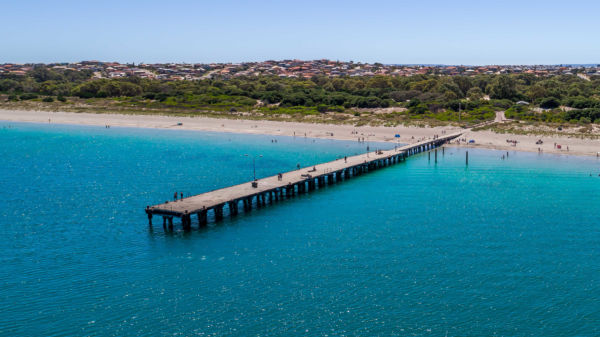
A 35-minute drive southwest from Perth is Ammo Jetty, which used to serve as a working jetty for a nearby ammunition depot. Nowadays the jetty is a favorite for divers, fishermen and families who want a day out at the beach with easy access to facilities and big, grassy lawns covered with shady trees.
At about 325 feet (100 m) long, the maximum depth is usually between 23 to 30 feet (7 to 9 m), which is perfect for lots of bottom time.
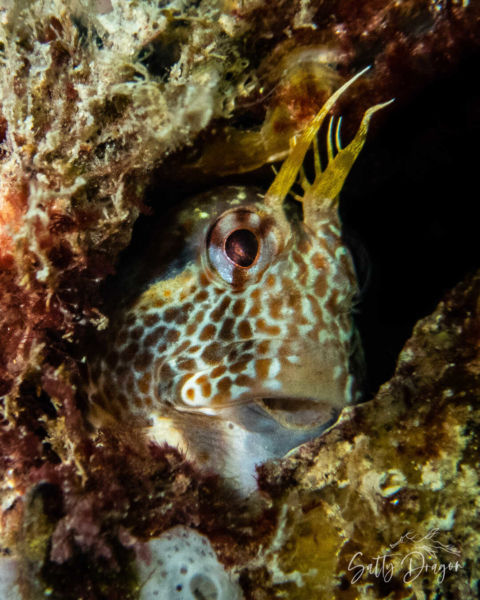
Like many well-established jetties the pylons are covered in life. The bulbous purple sponges provide a honeycomb home for Tasmanian false blennies. The gorgeous orange branches of Octocoral are tipped with what looks like white snowflakes and often hide a variety of weird and wonderful looking nudibranchs.
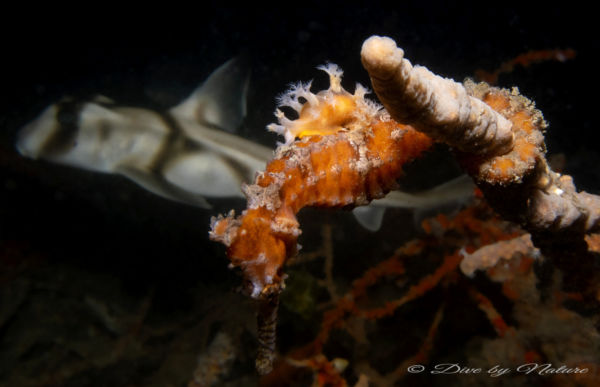
Toward the end of the jetty, you’ll see wooden pylons strewn diagonally across your path from past storms. Octopus and the occasional rock lobster will eyeball you with suspicion and curiosity from their dens. Some locals have been lucky enough to encounter dolphin and baby Port Jackson sharks here.
Want to jump into Perth shore diving? Join author Hayley Wight and Bucket List Diver for a free club dive at one of these top five sites.


